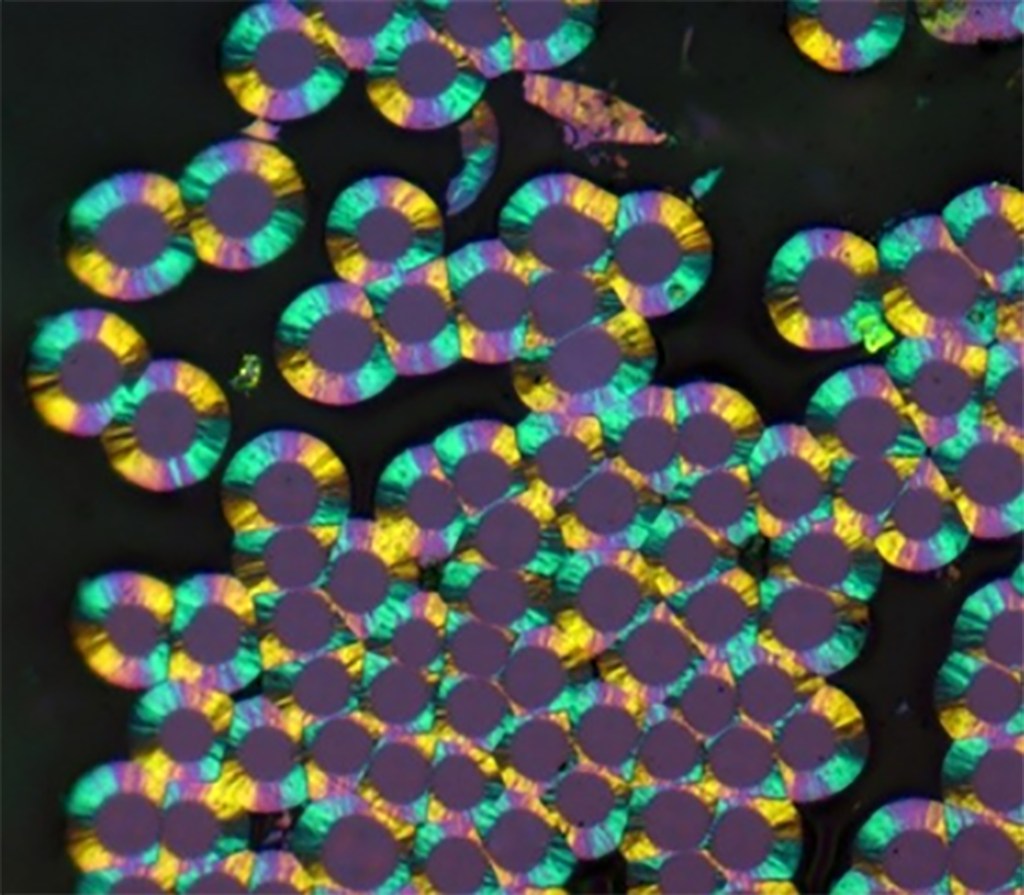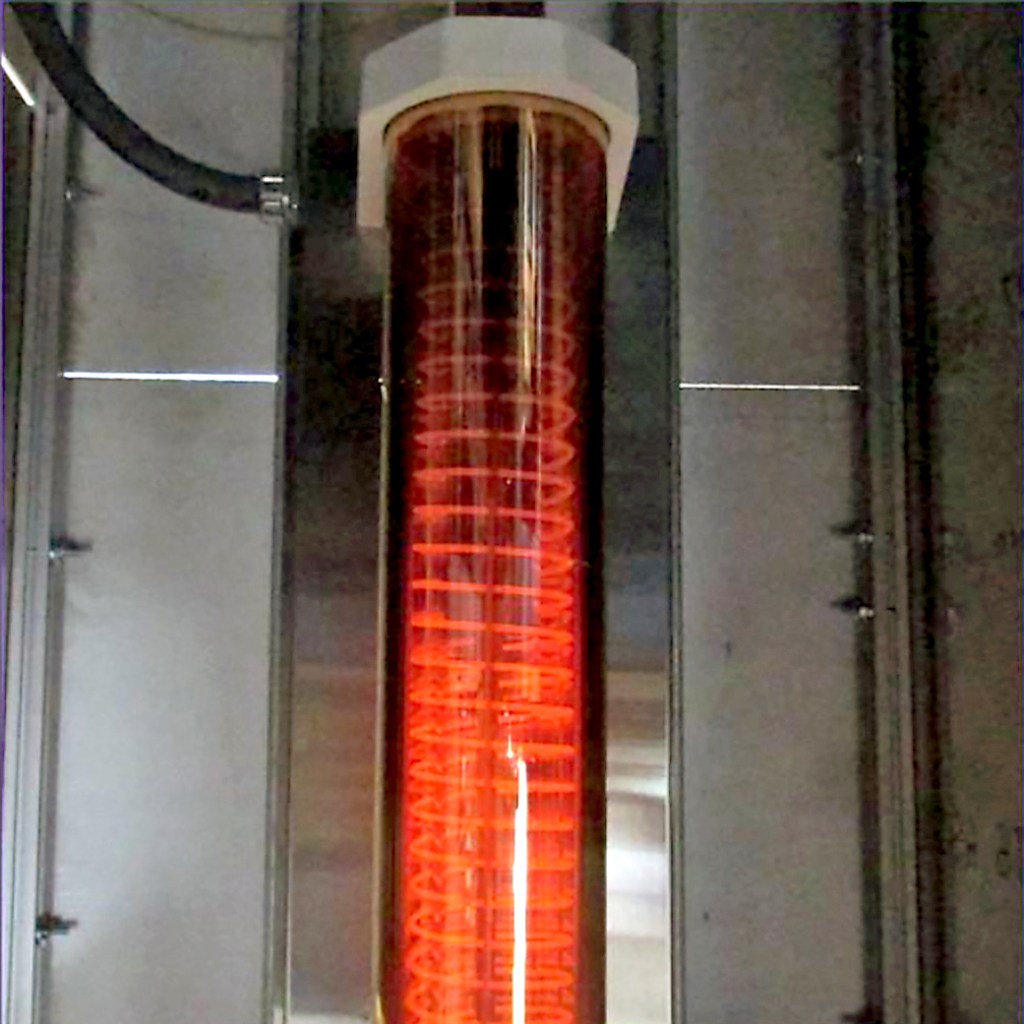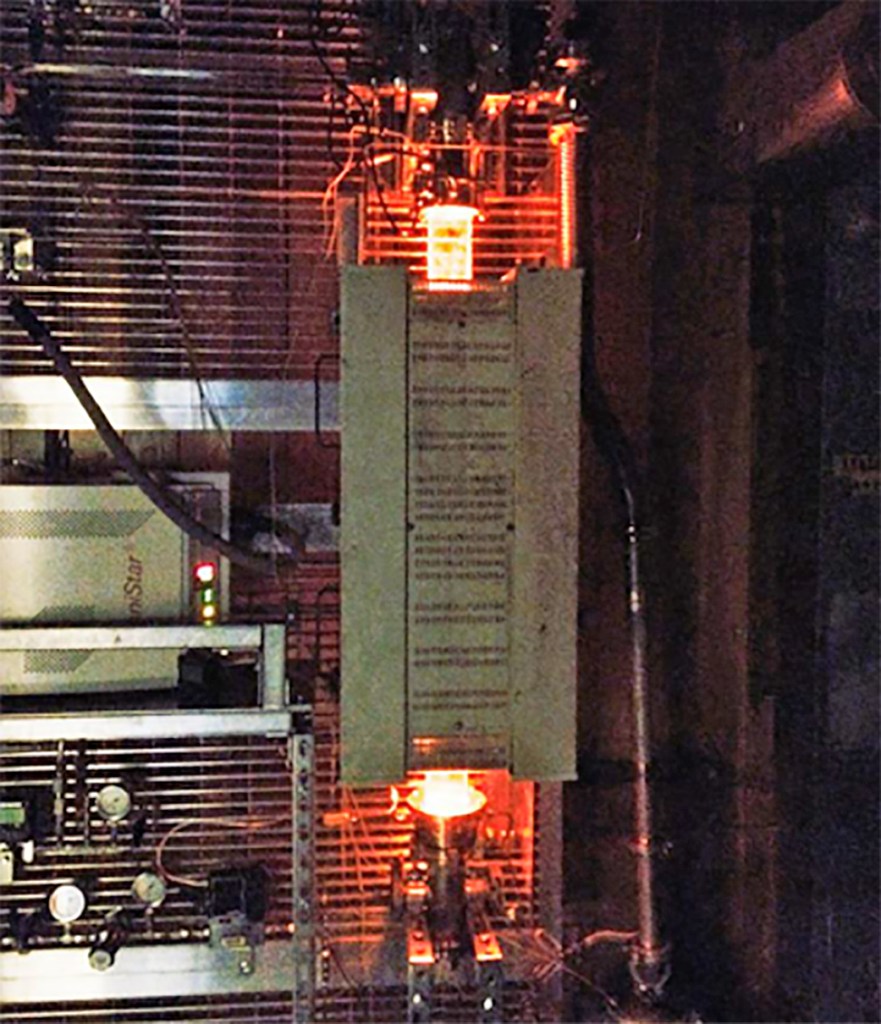SpaceCraft Oxygen Recovery
The SpaceCraft Oxygen Recovery (SCOR) Project will develop advanced technologies for recovery of oxygen from carbon dioxide beyond the state-of-the-art Sabatier process. The Sabatier hardware has operated on the International Space Station as the Carbon Dioxide Reduction Assembly (CRA) with an average estimated recovery of about 47%. SCOR technologies are expected to more than double this value. These technologies will seek to increase mission affordability, performance, vehicle self-sufficiency and life support systems closure, through decreasing consumable mass and other mission resources.
Lead Center
Johnson Space Center
Introduced
October 2017
Principal Technologist
James Broyan
Project Manager
Daniel Barta
Life support is a critical function of any crewed space mission. One key element of the life support system is supplying oxygen to the crew. NASA is seeking advanced technologies that aim to increase the oxygen recovery rate above systems currently available aboard human spacecraft.
The state-of-the-art system currently used on the International Space Station recovers about 50% of the oxygen from exhaled carbon dioxide. The remaining oxygen required for crew respiration is transported to the station from Earth. For long-duration missions beyond low-Earth orbit, resupply of oxygen becomes economically and logistically difficult. For missions close to Earth, oxygen may be resupplied from the ground, but as NASA looks at exploring further out into the solar system for longer periods of time, oxygen recovery from metabolic carbon dioxide (CO2) becomes a priority to minimize resupply requirements.
The SpaceCraft Oxygen Recovery (SCOR) project is developing novel technologies to increase the recovery of oxygen to more than 75%, with a stretch goal of 100%, reducing the total oxygen resupply required for future missions.
Water is the chief source of oxygen in the International Space Station and future long duration human missions. The Continuous Bosch Reactor, one of two technologies the SCOR team is developing, produces water and elemental carbon from hydrogen and carbon dioxide. Highly efficient for utilization of hydrogen, it would replace the current state-of-the-art Sabatier reactor.
SCOR’s second technology, Hydrogen Recovery by Carbon Vapor Deposition, aims to do what Sabatier lacks: recover hydrogen. The Sabatier is limited in its ability to recover oxygen from carbon dioxide due to an insufficient amount of hydrogen. The Sabatier requires additional hydrogen due to the production of the byproduct methane. If hydrogen can be recovered from this byproduct, it can be sent back to the Sabatier to react with carbon dioxide and produce additional oxygen.
These oxygen recovery technologies will drive exploration and enable human journeys to Mars and beyond. The goal is to make possible full recycling of the cabin atmosphere in space habitats and vehicles, enabling long-duration human exploration.
“Advanced oxygen recovery technology will benefit future long-duration human exploration by reducing the mass and volume of life-support consumables, with application to Gateway, lunar and Mars missions, including Mars transit and planetary surface habitats,” said Daniel Barta, SCOR project manager at NASA’s Johnson Space Center in Houston, Texas.
SCOR technologies are targeted for use in Environmental Control and Life Support Systems used in human spacecraft for long-duration space exploration missions, where recycling the air will be key to reducing mission costs and aid in attaining spacecraft self-sufficiency.
Partners:
- The SCOR team is partnering with Umpqua Research, Inc., Myrtle Creek, OR, for development of the Continuous Bosch Reactor.
- Honeywell Aerospace, of Phoenix, AZ, and Des Plaines, IL, is developing the Hydrogen Recovery technology.
- The SCOR team’s mission stakeholder and maturation partner is the Life Support Systems Project (LSSP), Advanced Exploration Systems Program (AES), Human Exploration Operations Mission Directorate (HEOMD), who will take delivery of hardware, models and technical data generated by the SCOR Project. LSSP expects to perform integrated testing, technology maturation and flight demonstrations for promising candidate technologies.






























